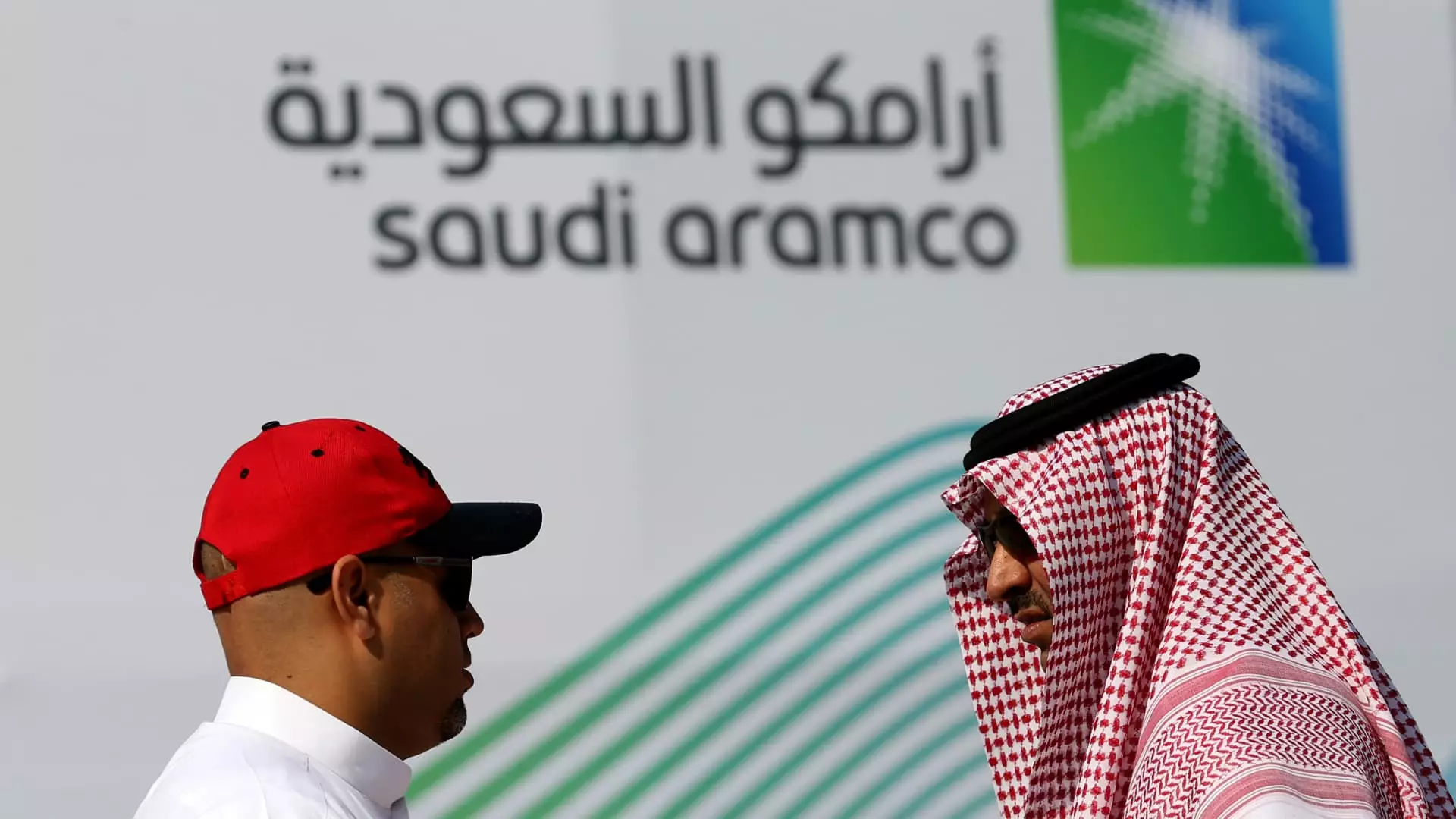Saudi Aramco, the state oil giant, recently reported a net profit of $29.1 billion for the second quarter of the financial year. This figure represents a slight decrease of just over 3% compared to the same period last year. The company’s net income for the first half of the year was $56.3 billion, down from $62 billion during the corresponding period in the previous year. Aramco also posted free cash flow of $19 billion for the second quarter, a decline from $23.2 billion one year ago. Despite these challenges, the company reaffirmed its second-quarter base dividend of $20.3 billion and announced a performance-linked dividend of $10.8 billion to be paid in the third quarter. Aramco expects to declare total dividends of $124.2 billion in 2024, according to its earnings release.
Saudi Arabia, one of the largest oil producers in the world, delivered an output of 8.99 million barrels per day in the second quarter. The country’s gross domestic product growth has contracted for four consecutive quarters, mainly due to the impact of oil production cuts. The second quarter saw an 8.5% decline in Saudi Arabia’s oil sector, as reported by the country’s General Authority for Statistics. This decline in oil production has significant economic repercussions for the kingdom, as it relies heavily on oil revenue to support its budget.
Market Expectations and OPEC Agreement
Many analysts and forecasters had anticipated Saudi Aramco’s revenue to remain largely flat in the second quarter. The oil company’s revenue was expected to be almost the same year-on-year, with lower production volumes being offset by higher Brent prices compared to the previous year. In an effort to stabilize oil prices amidst lackluster demand growth, OPEC and non-OPEC producers, including Saudi Arabia, agreed to extend their joint oil output cuts into 2025. These supply cuts have been in place for nearly two years, yet the international benchmark Brent Crude experienced a drop in price from the mid $80-range to the mid-$70 range in the last month. This price decrease is concerning for several OPEC member states, including Saudi Arabia, which require higher oil prices to balance their budgets.
Aramco’s CEO, Amin Nasser, expressed confidence in the company’s performance despite the challenges faced in the second quarter. He highlighted the strong earnings and cash flows in the first half of the year, emphasizing the sustainability and progressiveness of the base dividend. Nasser also mentioned the performance-linked dividend, which shares the company’s upside with its shareholders. Despite the current economic challenges and market fluctuations, Aramco remains optimistic about its future financial performance and dividend payouts.
The impact of low crude production volumes on Aramco’s financial performance is evident in the company’s latest earnings report. As one of the leading oil producers in the world, Aramco continues to navigate the challenges posed by fluctuating oil prices and production volumes. The company’s ability to adapt to these changes and maintain its dividend payouts demonstrates its resilience in the face of economic uncertainty. Moving forward, Aramco remains committed to delivering market-leading performance and value to its shareholders.


Leave a Reply